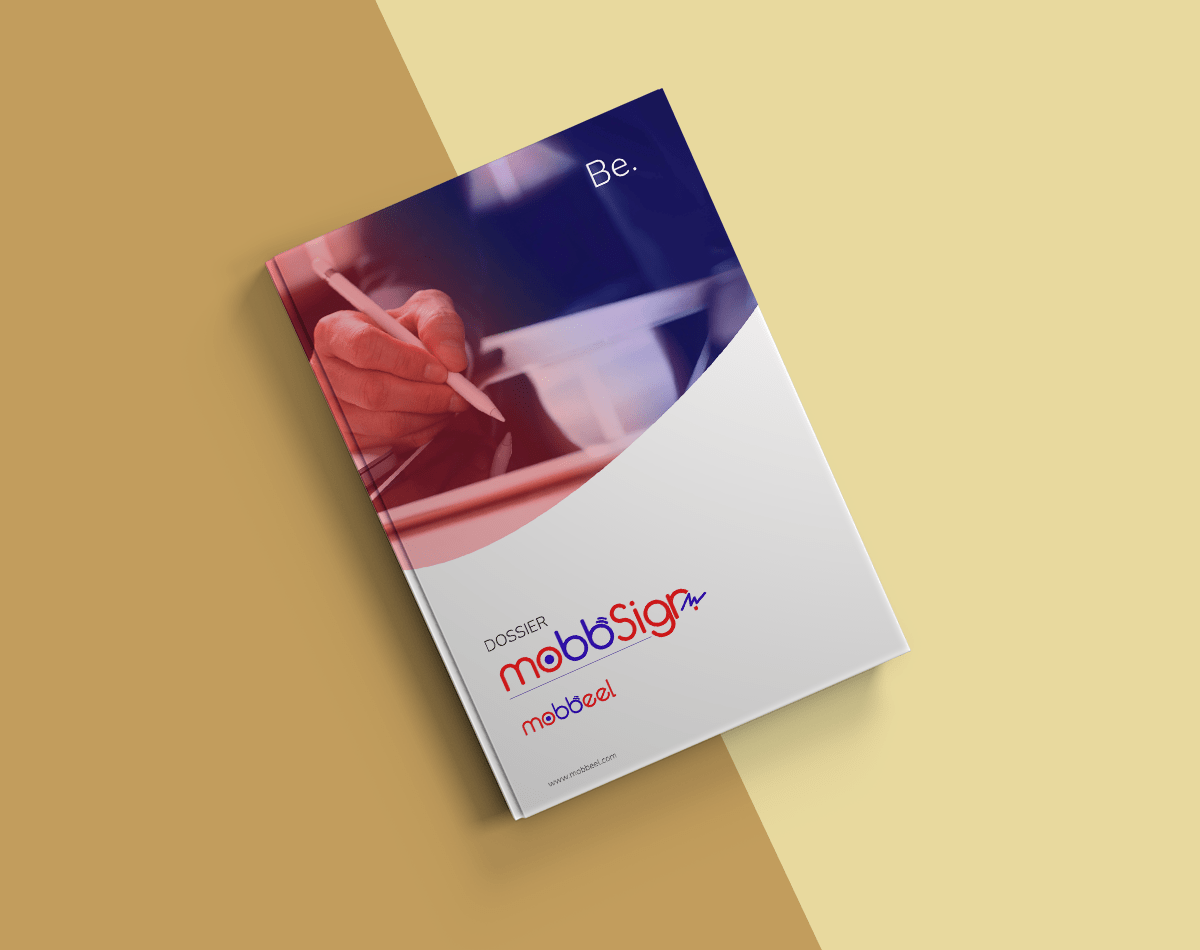We care about recycling, reducing water consumption, protecting forests and making our cities more efficient. Nevertheless, there is an invisible ecosystem that we hardly ever think about: the digital ecosystem. Every system leaves a footprint that we cannot see, but which is there nonetheless.
Digital identity does not exist in the air. It lives on servers, encrypts information, runs algorithms and keeps sensitive data protected. Designing it sustainably reduces that hidden impact and makes it more resistant to cyberattacks and disruptions.
What if thinking about sustainable digital identity were not just an environmental issue, but also a way to strengthen security?
Why talk about sustainability in digital identity now?
Digital identity is not new, but it has never moved as much data as it does now. The rise of KYC/AML legislation and biometrics has increased the number of processes running every second on servers around the world. With that growth comes the cost of maintaining it all: more infrastructure, more energy, more storage and more risk when something goes wrong.
This context means that sustainability is no longer just a nice idea, but a practical need. Companies are looking to reduce complexity and costs without compromising security. Regulators are pushing for minimum retention policies, and users demand speed while maintaining trust.
Optimising digital identity today has an immediate effect: less consumption, less complexity and systems that are easier to scale and protect. This is not a conversation about the future; it is a decision that affects how our processes work every day.
What makes an identity sustainable
Sustainability in digital identity is not just about servers that consume less energy. It is about how the systems that process, protect and retain data are designed from the ground up.
Keeping information only for as long as necessary reduces storage and risk, just as removing waste on time prevents other systems from collapsing. End-to-end encryption protects data without the need to add complex layers that overload the infrastructure. Lightweight architectures, with simple flows and no duplicate processes, consume less and react better when something goes wrong. Even biometrics, applied responsibly and where it adds real value, reduces unnecessary processing and handling of sensitive data.
Digital sustainability within an ESG strategy
For many companies, digital sustainability is no longer a technical issue; it is part of their overall strategy. Incorporating efficient digital identity practices has become a direct way to advance ESG goals:
- Environmental: Optimising verification processes reduces energy consumption and the technological footprint.
- Social: Designing systems that respect privacy and give users control over their data.
- Governance: Clear minimum retention and encryption policies demonstrate a commitment to responsible information management.
Security and sustainability: do they go hand in hand?
In digital identity, efficiency and protection are not opposites. An onboarding flow that only requests essential data saves resources and reduces vulnerabilities in the event of a breach. A biometric signature not only lowers the digital footprint, it also shortens the risk window for that information.
Designing lightweight, clear systems with fewer unnecessary layers means lower consumption, but also faster recovery when something goes wrong. In this area, sustainability and security speak the same language.
Tangible impact of a sustainable digital identity
How many trees can we save with biometric signatures?
A simple estimate: a company that processes 100,000 contracts per year with biometric signatures instead of paper saves around 1 million sheets. That equates to almost 120 trees not being cut down each year, not to mention the reduction in transport, ink and physical storage.
Beyond the figures, what is interesting is that biometric signatures not only eliminate paper, they also eliminate steps, reduce logistics and create a digital flow that consumes fewer resources. At the same time, they protect the environment and avoid the risks associated with the physical handling of documents.
And how much storage can you free up with facial biometrics?
Password-based systems carry databases with keys, recovery tokens and logs that must be kept for months. A well-designed biometric system stores less support data and eliminates the need to store large volumes of temporary credentials.
In a service with hundreds of thousands of users, this change can free up terabytes of storage per year. The difference is equivalent to the resource savings of closing several server rooms just for redundant information.
Best practices for implementing sustainable digital identity
Sustainability does not require starting from scratch. Just like in the physical world, small cumulative changes transform systems:
- Audit data: What do you collect? How long do you retain it? How many times do you process it?
- Minimise storage: Keep information only for as long as necessary.
- Encrypt efficiently: Use end-to-end encryption to protect data without compromising performance.
- Simplify architecture: Avoid duplication, reduce layers, and design clear flows.
The key is to request, process, and retain only what adds value. This change in approach makes digital identity more efficient and sustainable.
Real-world applications of sustainable digital identity
In banking and fintech, where thousands of verifications are carried out every day, optimising these processes not only helps to meet ESG objectives. But also, it improves response times and enhances security.
Public administrations have another great opportunity. Designing citizen identities with minimum retention policies reduces technology spending and strengthens citizen trust.
Companies that use biometric signatures provide a tangible case. Moving from paper contracts to digital flows saves physical resources.
Emerging sustainability regulations
Sustainability in digital identity is beginning to gain ground in the regulatory debate. Regulations such as eIDAS 2 in Europe and data protection frameworks already include requirements on interoperability, minimisation and efficient information management that indirectly affect the technological footprint of identity systems.
In this context, some experts are raising the possibility that, in the future, a ‘green taxonomy’ for digital services will be created: a framework that classifies processes according to their energy efficiency, responsible management of the identity lifecycle and interoperability. For now, this is a hypothesis, but it is beginning to gain momentum in debates on sustainability and digital governance.
If this trend takes hold, sustainability will cease to be an added value and become a compliance criterion. Organisations that integrate sustainable practices into their identity systems will now not only reduce costs and risks but also prepare for a regulatory scenario where digital identity and sustainability go hand in hand.
Contact us if you want to take the step towards a sustainable digital identity that supports your organisation’s sustainability goals.

I am a curious mind with knowledge of laws, marketing, and business. A words alchemist, deeply in love with neuromarketing and copywriting, who helps Mobbeel to keep growing.

PRODUCT BROCHURE
Discover our biometric signature solution
Provide your customers with the option to easily and ecologically sign documents anywhere and anytime using our biometric signature, which is considered an Advanced Electronic Signature with full legal validity.




